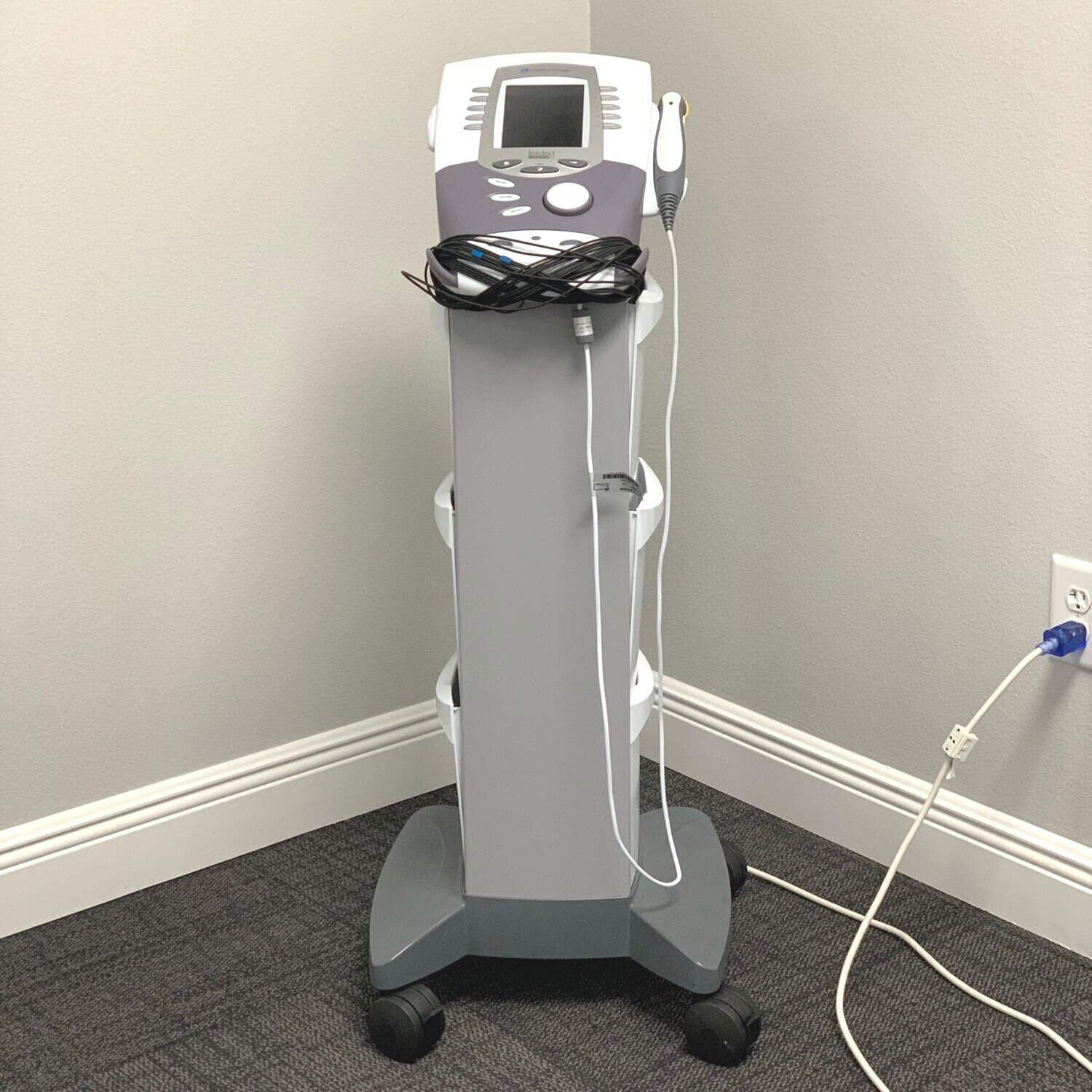SERVICES
Geriatric Physical Therapy
Balance, gait, fall prevention and arthritis.
manual therapy
Including myofascial release and instrument-assisted soft tissue mobilization.
Orthopedic Physical Therapy
Pre and post operative rehab.
Work/Industrial Services
Functional capacity evaluation and work conditioning.
Body Mechanics and Postural Assessment
Sports Injury and Prevention
Spinal Care and Rehab
Vestibular Rehab
Overuse Injuries
Ask about services not mentioned, here.
TREATMENT APPROACHES & MODALITIES
The TRX Suspension System
is the most versatile tool available which utilizes Suspension Training to assist with achieving strength, balance, flexibility, mobility and injury prevention needs.
TAPING
is a specific treatment technique used for inhibition (limits motion) or facilitation (assists motion) purposes. Taping involves placing specialized strips of either rigid or flexible tape on various parts of the body in a specific direction to help improve or limit mobility, inhibit pain, increase blood circulation, manage scar tissue, decrease swelling, and provide stability for joints, muscles, and tendons. Physical therapists are specially trained on a variety of taping methods and utilize taping in conjunction with physical activity for the improvement of a patient’s quality of life.
Dry needling
Dry needling is a treatment performed by certified, skilled, and trained physical therapists. A thin monofilament needle penetrates the skin and treats underlying muscular “trigger points” (tight band in a muscle fiber that can disrupt function, restrict range of motion, refer pain, or cause localized tenderness) for the management of neuromusculoskeletal pain and movement impairments. When dry needling is applied to a dysfunctional muscle or trigger point, it can decrease banding or tightness, increase blood flow, and reduce local and referred pain. Dry needling treats muscle tissue, and its goal is to reduce pain, inactivate trigger points and restore function. It rarely is a standalone procedure. Rather, it often is part of a broader physical therapy approach incorporating other traditional physical therapy interventions into treatment. Dry needling can be used for a wide variety of musculoskeletal issues, such as shoulder, neck, heel, hip and back pain.
Myofascial Release
Myofascial Release is a manual therapy technique that attempts to release tension in myofascial tissues which are tough membranes that wrap, support, and connect your muscles. Symptoms are often associated with a certain trauma (such as motor vehicle accidents, surgery, or other injuries), improper postural alignment, or inflammation. Typically, myofascial pain arises from “trigger points” where focused manual pressure and stretching loosen up restricted movement which reduces pain.
Instrument-assisted soft tissue mobilization
(IASTM)
is a relatively new manual therapy treatment technique that utilizes ergonomically-shaped metal instruments to detect and treat areas exhibiting scar tissue, soft tissue restrictions, chronic muscle/ligament strains, adhesions, or chronic inflammation. Physical therapists use this technique for purposes of mobilizing muscles, fascia (collagen surrounding muscles), tendons, and ligaments to decrease pain, improve soft tissue mobility, and stimulate rehabilitation and recovery.
CUPPINg
is an ancient form of traditional Chinese medicine which is utilized in physical therapy practice. Cupping involves placing specialized plastic or glass cups on the surface of the skin and uses a pump to create negative pressure inside of each cup which provides a suctioning effect. This effect opens pores and dilates blood vessels which promotes the release of toxins and aides in blood circulation. Cups are used on problematic parts of the body and usually in place for 3-5 minutes.
Cupping is not recommended for pregnant women and individuals who easily bleed.
Electrical stimulation (e-stim)
is a treatment modality often used by physical therapists for patients who are suffering from pain, decreased strength, and/or issues with functional mobility. E-stim is a specific type of treatment that administers an electrical current through the skin (via electrodes) to muscle groups or nerves of the body. Depending on parameters of e-stim chosen, physical therapists utilize this treatment for pain-relief, strengthening, re-education, or muscle recovery purposes.
E-stim is not recommended for those who are pregnant or who have a pacemaker implantation.
MECHANICAL TRACTION
effectively enhances a patient’s healing process quickly and effectively, enabling most to achieve a higher quality of life. Mechanical traction has been proven to be a highly successful alternative to surgery for intervertebral disc injuries such as a bulging or herniated disc, neck pain or spasms (including motor vehicle accidents), pinched nerves, shoulder and elbow pain (referred to as radiculopathy), and chronic headaches.
Mechanical Traction uses computer-driven forces to stretch and decompress the spine in a safe manner. There are specific methods used to target all portions of the spine to include cervical (neck), thoracic (upper/mid back), and lumbar (lower back) portions. Physical therapists are educated and trained on how to utilize these devices for the primary focus of pain relief. The machine is set for a certain period of time while a specific amount of pulling force is applied which is based on a patient’s body weight.
The traction force can remain on for the specified time (referred to as static) or cycle on/off (referred to as intermittent) during each treatment session which is typically performed 2-3 times a week.
Mechanical traction reduces the pressure on discs and nerve roots through a gentle traction force which expands the space between the vertebrae. By gently stretching muscles and connective tissue, this modality promotes improvement of fluid circulation and ligament extensibility, exchange of fluids within the disc, and prolonged disc hydration.








